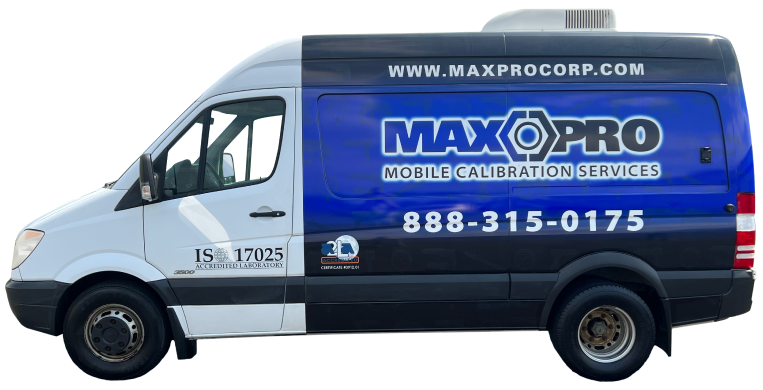 For manufacturers, high capacity torque control is essential. If a fastener is too tight, it can break, or strip is threads. If it’s not tight enough, it can vibrate loose.
For manufacturers, high capacity torque control is essential. If a fastener is too tight, it can break, or strip is threads. If it’s not tight enough, it can vibrate loose.
Proper torque control isn’t just the difference between success and failure, but the difference between a safe, efficient product and disaster.
Here are a few basic tips for achieving torque control:
Figure out torque requirements
To determine the right torque requirements, an engineer needs to consider a number of factors: the strength of the material being joined, whether it’s a hard or soft joint, and the maximum load on the fastener.
A hard joint is one that connects to material directly, with a fastener rotating just a few degrees to create full clamping force after it encounters the material. A soft joint contains a gasket or involves compressible materials, and thus needs additional tightening after the fastener makes contact in order to reach full clamping force.
One way to determine torque requirements is through a destructive test, performed by using a calibrated torque control tool on the material and fastener being joined, using 10 parts and 10 fasteners. The fastener is tightened to the point of failure, then that step is repeated several times to confirm the consistency of the failure point.
When you’ve made that determination, perform a second series of tests where the joint is tightened to 75 percent of the failure point. You can reduce the tightening by any degree needed, but if parts are going to be subjected to heavy vibration, consider using 85 percent of the total force for good torque control.
Choose the right torque tool
There are a number of tools on the market to help you control and determine the torque applied to fasteners: industrial torque wrenches, torque multipliers and torque testers, as well as things like pneumatic screwdrivers.
To figure out which tool is the right one for the job, you’ll need to know the type of materials being joined, the amount of torque required, the specified fasteners and the projected production output. The heavier the material, more likely it is you’ll need a stronger and larger tool.
Pick a torque tester
A torque tester can help you calibrate your torque tools to the correct setting, and to allow quality control inspectors to calibrate torque sensors and verify torque on fasteners. These testers can be used on torque wrenches, electric screw drivers, torque multipliers and other torque tools.
A good tester should have enough memory to conduct several hundred readings, and enough space to hold calibration data for multiple torque sensors.
Use teamwork and training
Your torque program needs everyone on board. Your whole team should work to control the process, which means you need to consult with everyone when you make changes related to the type of fasteners you use.
Seek out training from your suppliers to educate your employees about maintenance, safety, tool operation and basic torque theory.
Make sure your employees work safely
A safety program, when paired with high quality tools, can cut down on workplace injuries and fatigue. Inspect tools and workspaces regularly, and seek out torque control tools with ergonomic designs. You should also set up a regular maintenance program for your tools, and have them calibrated on a consistent basis.
Let MaxPro help you navigate the world of torque tools
If you’ve decided your job requires torque tools and you need those tools calibrated, contact MaxPro. We are a leading industrial distributor, renting and selling a number of torque wrenches and other products, as well as an accredited calibration laboratory. We’ve been setting the standard in the torque equipment market for more than 20 years.





